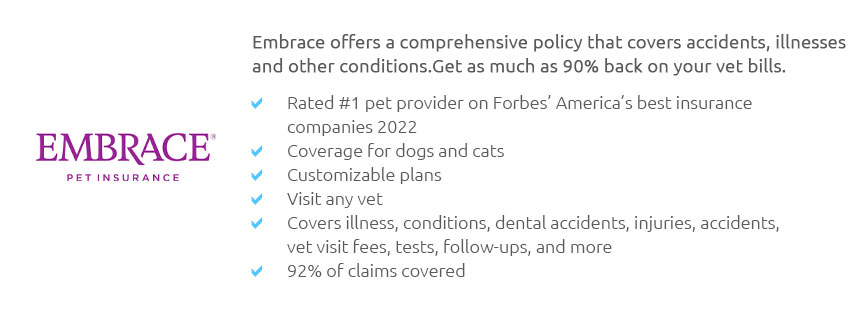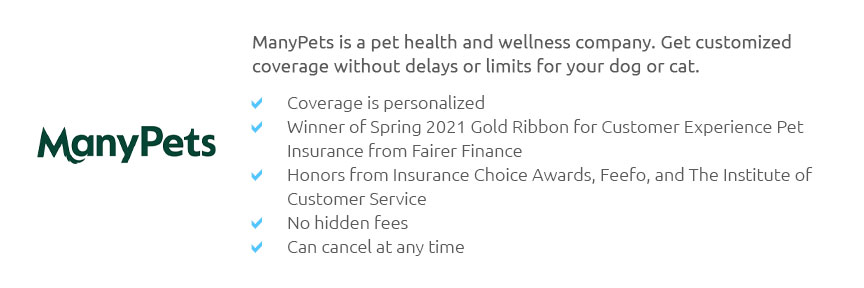 |
 |
 |
 |
 |
 |
|
 |
|
 |
|
 |
|
 |
|
 |
 |
 |
 |
 |
 |
 |
 |
Understanding the Average Cost of Pet Insurance: A Comprehensive GuideIn recent years, pet insurance has evolved from a niche offering to a widely considered necessity for responsible pet owners. The peace of mind that comes from knowing your furry friend is protected in the event of an accident or illness is invaluable. But, one of the most frequently asked questions by pet owners is, 'What does pet insurance actually cost?' While the cost of pet insurance can vary significantly depending on a myriad of factors, this article aims to provide a clear picture of the average costs and considerations involved. Firstly, it’s crucial to understand the elements that influence pet insurance premiums. These include the type of pet, breed, age, location, and the level of coverage chosen. For instance, insuring a purebred dog often costs more than a mixed breed due to genetic predispositions to certain health conditions. Similarly, older pets generally incur higher premiums because they are more likely to require medical attention. Location also plays a role, as veterinary costs tend to be higher in urban areas compared to rural ones. On average, pet insurance premiums for dogs range from $30 to $50 per month for basic accident and illness coverage. Cats, on the other hand, are typically cheaper to insure, with average premiums falling between $15 and $30 monthly. It's noteworthy that these figures are merely averages and can fluctuate based on the factors mentioned earlier. Opting for comprehensive coverage or additional wellness plans can increase these costs significantly. However, many pet owners find the added expense worthwhile for the extensive protection it offers.
While some might view pet insurance as an unnecessary expense, others argue it is a practical investment. It can prevent unexpected financial burdens and ensure that financial constraints do not dictate the level of care a pet receives. Moreover, policies with customizable options allow owners to tailor coverage to fit both their pet’s needs and their budget. This flexibility is especially beneficial for those who may not be able to afford higher premiums but still want some level of protection. In conclusion, understanding the average cost of pet insurance requires evaluating the unique needs of your pet and your financial situation. By considering the factors that influence premiums and exploring the various coverage options available, you can make an informed decision that balances cost with the peace of mind that comes from knowing your beloved pet is covered. As with any insurance policy, it is advisable to read the fine print, compare different providers, and perhaps consult with a veterinarian to ensure you select the best plan for your pet’s health and well-being. https://www.experian.com/blogs/ask-experian/how-much-does-pet-insurance-cost/
Pet insurance costs an average of $675 annually for dogs and $383 annually for cats. However, your pet insurance premiums may be higher or lower depending on ... https://www.cnbc.com/select/pet-insurance-cost/
Dog owners spent $56.30 per month on average for accident and illness coverage in 2023, according to NAPHIA, with accident-only policies averaging $17.01. https://naphia.org/industry-data/section-3-average-premiums/
2023 Average Premiums (U.S.) ; DOG, Annual: $675.61. Monthly $56.30, Annual: $204.16. Monthly $17.01 ; CAT, Annual: $383.30. Monthly $31.94, Annual: $116.11
|